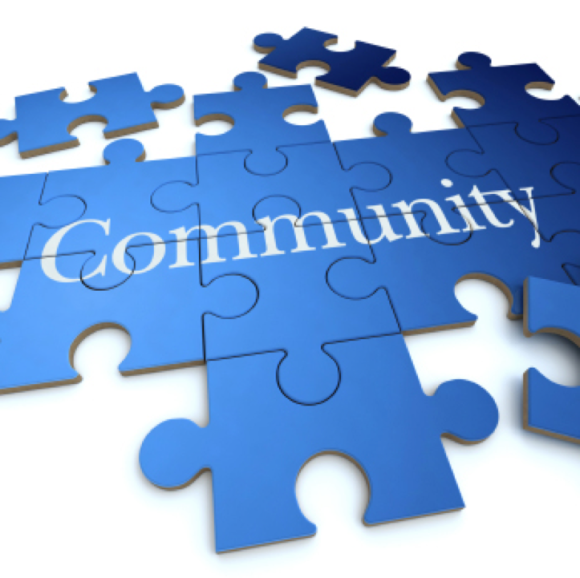In order to promote social change, both the researcher and the community may be involved in gaining deeper knowledge regarding a local issue and developing interventions and solutions toward alleviating the problem. This is referred to as participatory and/or action research (Penn State World Campus, 2016). Both participatory and action research may be utilized to solve various concerns by observing why certain negative behaviors occur and how to help prevent them, while also involving community members in the process of identifying and/or alleviating the issue. Multiple problems have been addressed through this form of research, including childhood obesity, a serious health issue costing approximately one hundred forty seven billion each year for the United State’s system of health care (Finkelstein, Trogdon, Cohen, & Dietz, 2009).
For example, Berge et al. (2016) point out that interventions aimed at preventing childhood obesity have shown little progress, in which the difficulties of involving adults such as parents in interventions could have influenced smaller success. To deal with this issue, Berge et al. (2016) tested CBPR, which stands for Community-Based Participatory Research. This type of research is action based in a sense that community organizations, members, and researchers join together, without contrasts in hierarchy, in order to gain information and find solutions to issues that are local and able to be sustained (Minkler & Wallerstein, 2003; Peterson & Gubrium, 2011; Israel et al., 2003). Through community and researcher involvement, individuals offer different abilities and important information, especially regarding the specific needs of the community, which can enhance members of the community’s overall happiness, health, and lives.
The goal of Berge et al.’s (2016) study was to develop and apply an intervention (called Play It Forward!) that is family oriented and helps prevent childhood obesity through a CBPR-based Citizen Health Care strategy, in which the researchers would team up with members of the community in a Citizen Action Group (CAG). Additionally, the study aimed to analyze if and how weight-based behaviors (e.g. physical inactivity or activity, food intake) and weight in children and families were affected by the intervention. The community of focus in this study was in Paha Sapa in Burnsville, Minnesota. For 8 months, resources and needs of the community were examined with the CAG in 1-to-1 interviews with members of the community, including neighbors. In regards to the intervention (Play It Forward!) developed using the CBPR-based CHC strategy, Play It Forward! included events held at parks local to the community with activities encouraging healthy eating behaviors and physical activity (e.g. play), which were managed by members of the community with abilities and/or enthusiasm relevant to the activities. To examine the success and usefulness of Play It Forward!, Berge et al. (2016) conducted an initial test study, which included an experimental group of families encouraged to attend as many local events (based on the intervention) possible, and a control group from a “bordering community” that attended normal events within their own community.
As a result of Berge et al.’s (2016) test study, CBPR techniques turned out to be useful in pulling off the study aimed at preventing childhood obesity. Greater than half of the experimental condition families participated in seventy five percent of the events, while thirty three percent of the experimental group participated in all events. In addition, members of the CAG found that pulling off the events in Play It Forward! was a “low burden” since there were “spontaneous (e.g., pick-up games)” or “low-key preplanned events (e.g., kickball, dodgeball)”. Both academic researchers and members of the community involved in the CAG expressed “high satisfaction” with the development of the CAG and the formation, application, and conveyed message of Play It Forward! In their reportings, members of the community felt “equal in decision making powers and in carrying out the study”, while researchers felt “supported by the community.”
Berge et al. (2016) concluded that partnership and involvement of the community in developing interventions toward preventing childhood obesity could be a method that holds much promise for other interventions with the same goal. This is at least partly due to the potentially raised chance of intervention success when individuals are provided with more involvement in intervention development and are allowed to choose the degree in which they would like to be involved. Based on the potential effectiveness of the CBPR technique in developing and applying a successful intervention, such as Play It Forward!, more research should be conducted in situations involving partnership between researchers and parents.
References
Berge, J. M., Jin, S. W., Hanson, C., Doty, J., Jagaraj, K., Braaten, K., Doherty, W. J. (2016). Play It Forward! A Community-Based Participatory Research Approach to Childhood Obesity Prevention. Families, Systems, & Health, 34, 15-30. http://dx.doi.org/10.1037/fsh0000116
Finkelstein, E. A., Trogdon, J. G., Cohen, J. W., & Dietz, W. (2009). Annual medical spending attributable to obesity: Payer-and service-specific estimates. Health Affairs, 28, w822–831. http://dx.doi.org/10.1377/hlthaff.28.5.w822
Israel, B., Schultz, A. J., Parker, E. A., Becker, A. B., Allen, A. J., & Guzman, J. R. (2003). Critical issues in developing and following community based participatory research principals. In M. Minkler & N. Wallerstein (Eds.), Community-based participatory research for health (pp. 53–76). San Francisco, CA: Jossey-Bass.
Minkler, M., & Wallerstein, N. (2003). Community-based participatory research for health. San Francisco, CA: Jossey-Bass.
Penn State World Campus. (2016). Lesson 13: Social Change/Participatory Research.
Peterson, J. C., & Gubrium, A. (2011). Old wine in new bottles? The positioning of participation in 17 NIH-funded CBPR projects. Health Communication, 26, 724–734. http://dx.doi.org/10.1080/10410236.2011.566828




